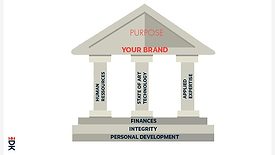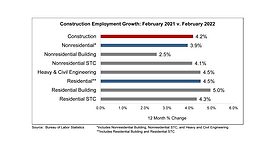Home » Keywords » employee management
Items Tagged with 'employee management'
ARTICLES
Gaining Strategic Advantage in the Battle for Top Talent
3 Critical Areas of Focus for Attracting and Keeping Great Workers
Read More
When it Comes to Hiring, Nurture Your Silver Medalists
Considerations for Restoration Businesses in a Candidate-Driven Market
Read More
Get our new eMagazine delivered to your inbox every month.
Stay in the know on the latest disaster restoration and remediation trends.
SUBSCRIBE TODAY!Copyright ©2022. All Rights Reserved BNP Media.
Design, CMS, Hosting & Web Development :: ePublishing

















